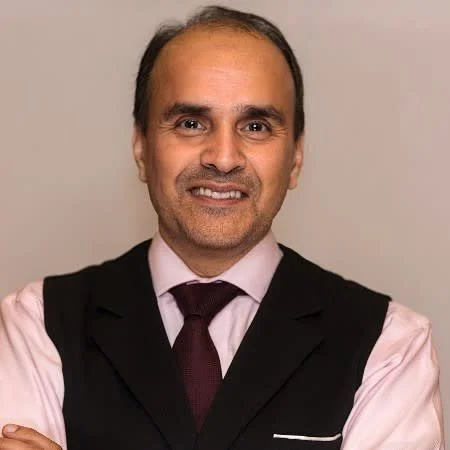Retain & Increase Revenue Through Automation While Complying with The No Surprises Act
A Case Study in Intelligent Automation
Congress passed the No Surprises Act in December 2020 to aid in reducing unexpected medical bills for patients. This presents a formidable challenge: under the act, the burden shifts to the payer and providers to negotiate payments before the patient is sent a bill. According to estimates, nearly one in 5 claims related to inpatient admissions involve out-of-network services, so out-of-network providers must have standard processes for compliance and claims submission and must create relationships to work through disputes.
At HealthIMPACT Winter 2022 Dr. Yan Chow, Global Healthcare Leader, and Tyler Stowell, Senior Director, Healthcare Revenue Cycle Management, of Automation Anywhere discussed how asking revenue cycle teams to reimagine traditional claims processes to comply with the No Surprises Act during a time of unprecedented clinical and administrative staffing shortages, rampant provider burnout, and overrun emergency rooms is particularly daunting. They shared how leading health systems are using RPA and intelligent automation to address these new regulatory challenges while realizing significant & quantifiable benefits, including greater workload capacity, error reduction, and significant cost savings.
Dr. Chow and Tyler Stowell discussed the motivation for and impact of the No Surprises Act on patients, providers, and plans; how to plan for the specific impacts on health systems revenue management; understanding the dispute resolution process, payment rates and how to negotiate them; how large healthcare organizations are using intelligent automation to meet the Act’s requirements; real-world lessons on implementation: what the results are to date, and what potential opportunities there are to expand upon.
Dr. Chow reminded us that the goal of automation is to reduce labor and costs by automating repetitive tasks and complicated manually processes while ensuring less errors, allowing clinical staff to provide patients with pricing transparency and clarity of process. This aids patients in being more comfortable & satisfied with their medical decisions and the costs associated with them.
Watch the interview or listen to the podcast to learn how process automation simplifies, facilitates, and speeds up the process —while reducing costs and ensuring compliance with the No Surprises Act.
Watch the panel:
The Panel:
Yan Chow, MD, MBA
Global Healthcare Leader
Automation Anywhere
Dr. Chow is the Global Healthcare Industry Lead at Automation Anywhere. Previously, he was Medical Director for Digital Medicine at Amgen, the world’s largest independent biotechnology company, where he led efforts to incorporate digital technologies and advanced analytics into clinical trials. He was also Chief Innovation Officer at LongView International Technology Solutions in Reston, VA, where he introduced new technologies to the VA and DoD.
Tyler Stowell
Senior Director, Healthcare Revenue Cycle Management
Automation Anywhere
Tyler currently leads the Healthcare RCM Center of Excellence at Automation Anywhere. For the past 20 years, he has been working with healthcare payers, providers, federal, PBMs and commercial healthcare ecosystems, and specialty service providers. Tyler led the adoption of Workflow Automation solutions to support the ACA and transformation initiatives through Solution Consulting and Platform solution deployments for ICD10. He has also spearheaded Global BPO and Private Equity partnerships for Contact Center optimization in healthcare.
Shahid Shah
Publisher and Chief Editor
Medigy.com
Shahid is an internationally recognized and influential healthcare IT thought leader who is known as “The Healthcare IT Guy” across the Internet. He is a consultant to various federal agencies on IT matters and winner of Federal Computer Week’s coveted “Fed 100” award given to IT experts that have made a big impact in the government. Shahid has architected and built multiple clinical solutions over his almost 20-year career. He helped design and deploy the American Red Cross’s electronic health record solution across thousands of sites; he’s built two web-based EMRs now in use by hundreds of physicians; he’s designed large groupware and collaboration sites in use by thousands; and, as an ex-CTO for a billion dollar division of CardinalHealth he helped design advanced clinical interfaces for medical devices and hospitals.




